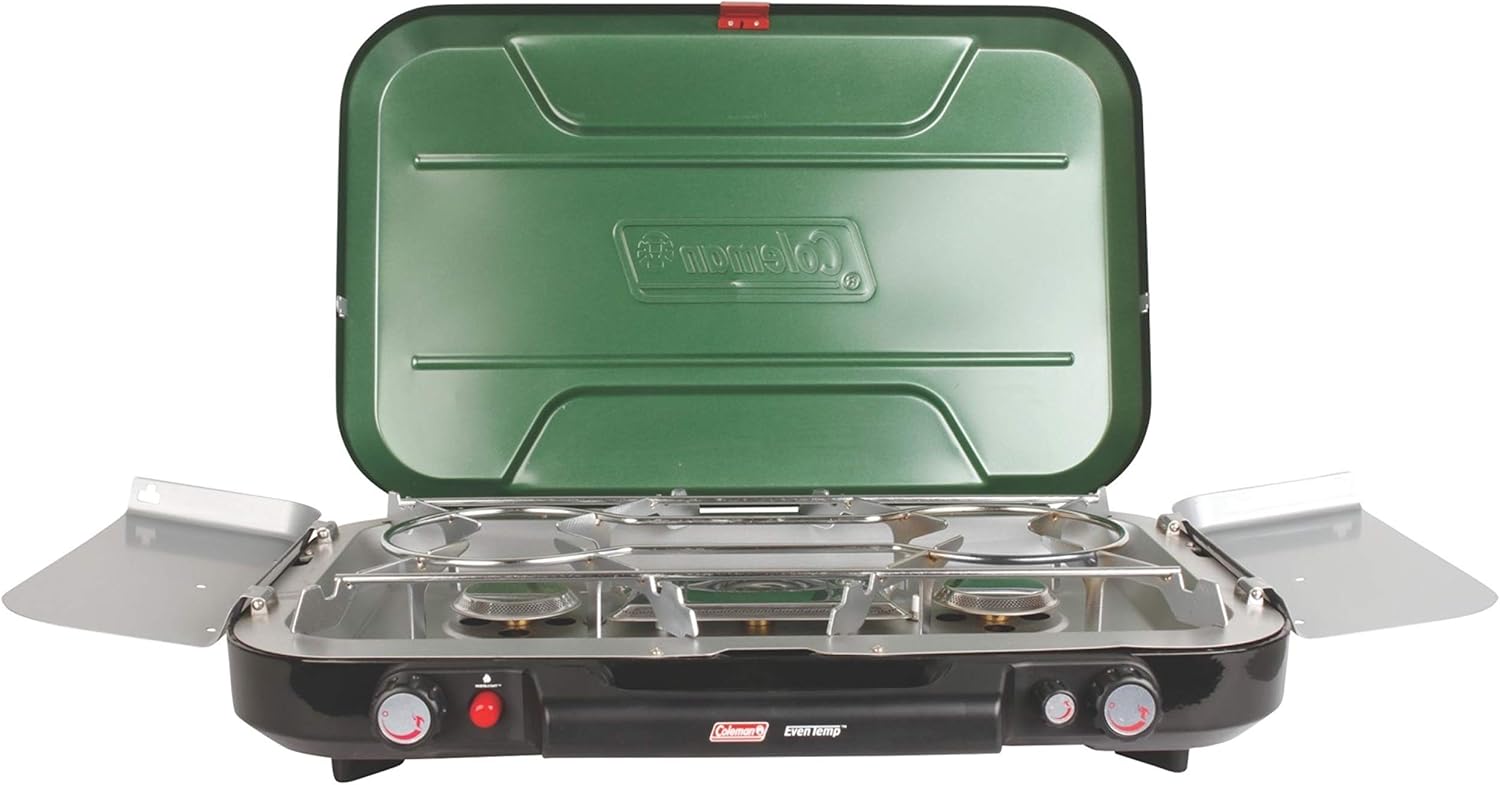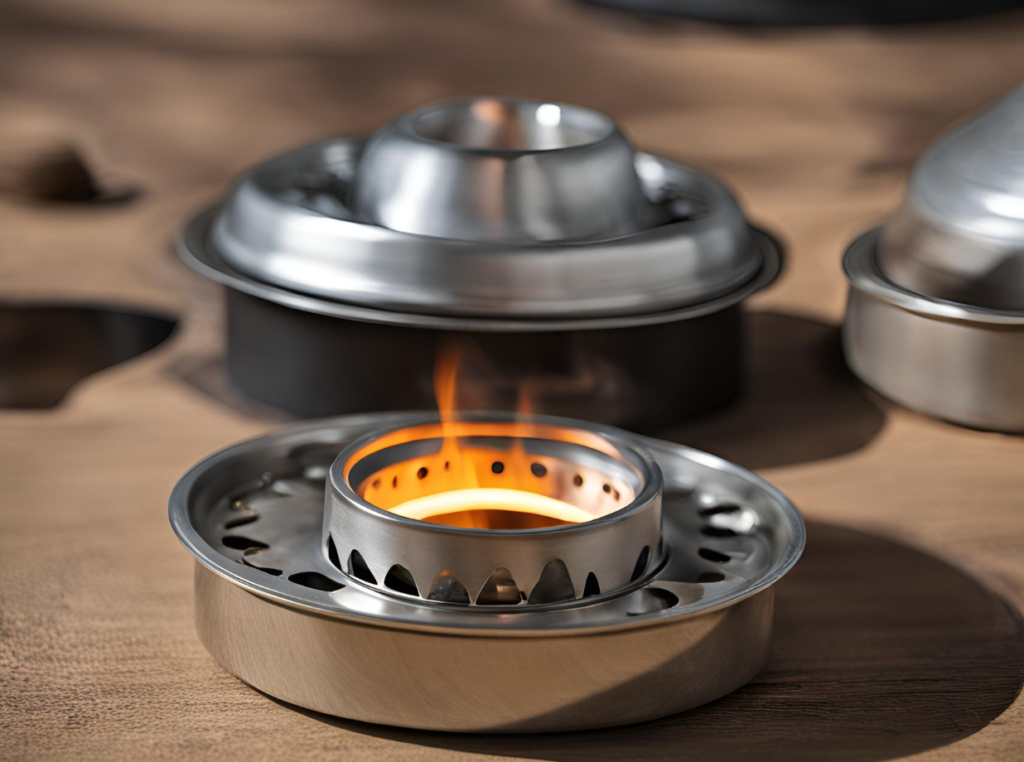Have you ever found yourself in the middle of preparing a favorite meal, only to discover that your propane stove is not working? The frustration can be palpable, especially if you’re in an environment that heavily relies on this type of cooking appliance, such as a campground or cabin. Understanding the ins and outs of why your propane stove might not be functioning can save you time, stress, and even money.
Initial Checks and Basic Troubleshooting
Safety First
Before doing anything else, it is crucial to make sure you are safe. Propane, while efficient, can be dangerous if handled improperly. Start by turning off the stove and checking for any gas leaks.
Steps for Checking Gas Leaks:
- Mix soap and water in a spray bottle.
- Spray the solution on the connections and hoses.
- Look for bubbles forming, which indicate a leak.
Does It Have Fuel?
One common culprit behind a non-working propane stove is simply running out of fuel. Sometimes, we overlook the obvious, assuming that our stove must have a more complex problem.
How to Check the Fuel Level:
- Inspect the gauge on the propane tank.
- If there’s no gauge, gently shake the tank or lift it to feel the weight difference.
If the tank is empty, a quick trip to your local supplier should solve the problem.
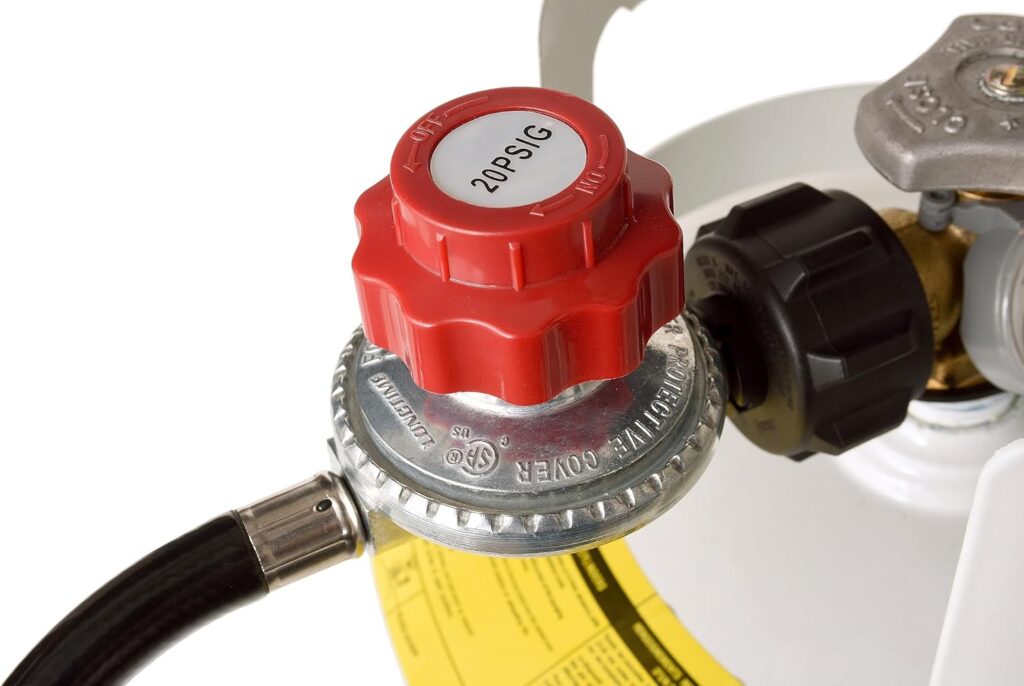
Analyzing the Components
Understanding the components of a propane stove can help you identify issues more accurately. Here’s a breakdown of the basic parts:
| Component | Function |
|---|---|
| Burners | The part of the stove where the flame comes out |
| Igniter | Sparks to light the propane gas |
| Regulator | Controls the gas flow from the propane tank to the stove |
| Control Knobs | Allows you to adjust the level of the flame |
| Hoses and Valves | Channels through which the propane gas flows from the tank to the burners |
Burners and Igniter Issues
If your stove has fuel but still won’t ignite, the problem might be with the burners or the igniter. Sometimes, burners can become clogged with food debris or grease, which can block the gas flow.
How to Clean Burners:
- Remove the burner caps.
- Use a small brush or pin to clean out any clogs.
- Be sure not to enlarge the gas holes.
If the igniter isn’t sparking, it might need replacement or simply a good cleaning.
Igniter Troubleshooting:
- Check if the igniter sparks when you press it.
- Clean off any dirt or grime on the igniter tip.
- Replace the igniter if it’s worn out or damaged.
Regulator and Hoses
The regulator controls the gas pressure coming from the propane tank. If it’s malfunctioning, the stove won’t get the necessary fuel flow.
Checking the Regulator and Hoses:
- Inspect for visible damage or wear.
- Make sure all connections are tight and secure.
- Test the regulator by replacing it with a new one if you suspect it’s faulty.
Control Knobs
The control knobs can wear out over time, making it difficult to adjust the flame or even turn on the stove.
Testing and Replacing Control Knobs:
- Turn the knobs and feel for resistance or looseness.
- Replace any knobs that seem overly worn or damaged.

Environmental Factors
Sometimes, the problem isn’t with the stove itself but rather the environment in which you’re using it. High altitudes, cold temperatures, and even wind can impact the performance of your propane stove.
Altitude
At higher elevations, the air pressure drops, making it harder for propane to vaporize and burn properly.
Adjusting for Altitude:
- Look for stoves designed to operate at higher elevations.
- Adjust the air intake if your stove has an adjustable air shutter.
Temperature
Cold temperatures can also affect your propane stove’s efficiency. Propane requires a certain temperature to vaporize; if it’s too cold, you might notice a weaker flame.
Operating in Cold Weather:
- Prewarm your propane tank using warm water or insulated covers.
- Store your propane tank in a warmer area, if possible.
Wind
Wind can easily blow out the flame, making cooking an annoying task.
Wind Protection Tips:
- Use windshields designed for camping stoves.
- Set up your cooking station in a sheltered area.
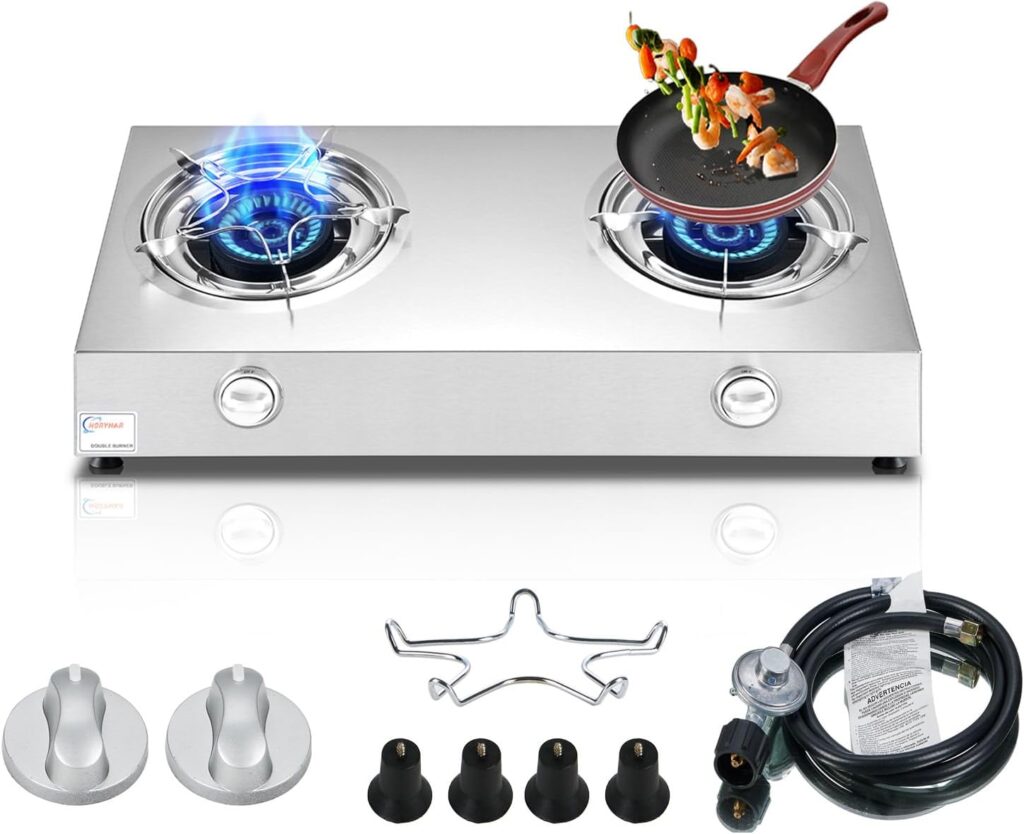
When To Call a Professional
While most issues with a propane stove can be resolved with basic troubleshooting, there are times when it’s best to call in a professional. If you find any critical issues such as gas smells even after all connections are secure, or if the stove has internal damage, it’s crucial to get expert help.
Finding a Professional
Finding a reliable professional doesn’t have to be a hassle. Look for certified technicians who specialize in propane appliances.
What to Ask When Hiring:
- Are you certified to work on propane stoves?
- What kind of warranty do you offer on repairs?
- Can you provide references or customer reviews?
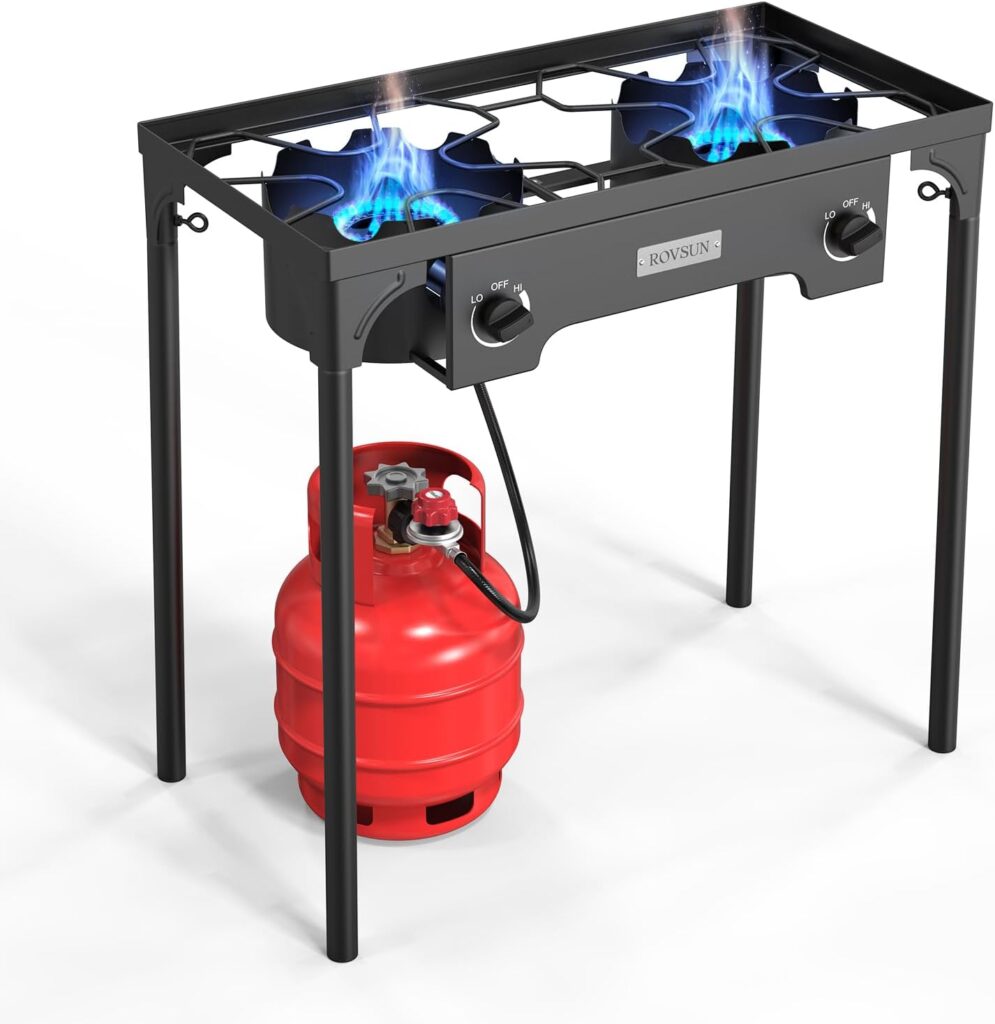
Preventative Maintenance
It’s always a good idea to take proactive steps to maintain your propane stove. Regular upkeep can prevent most common issues and extend the lifetime of your appliance.
Regular Inspection
Make a habit of inspecting your stove and propane connections regularly to catch any potential problems early.
Inspection Checklist:
- Check the propane tank for leaks or damage.
- Inspect hoses and connections for wear.
- Clean the burners and igniter regularly.
Storage Tips
When not in use, proper storage can go a long way in preserving your stove’s condition.
How to Store Properly:
- Detach the propane tank and store it in a cool, dry place.
- Cover your stove to protect it from dust and moisture.
- Store hoses and other accessories in a secure container.
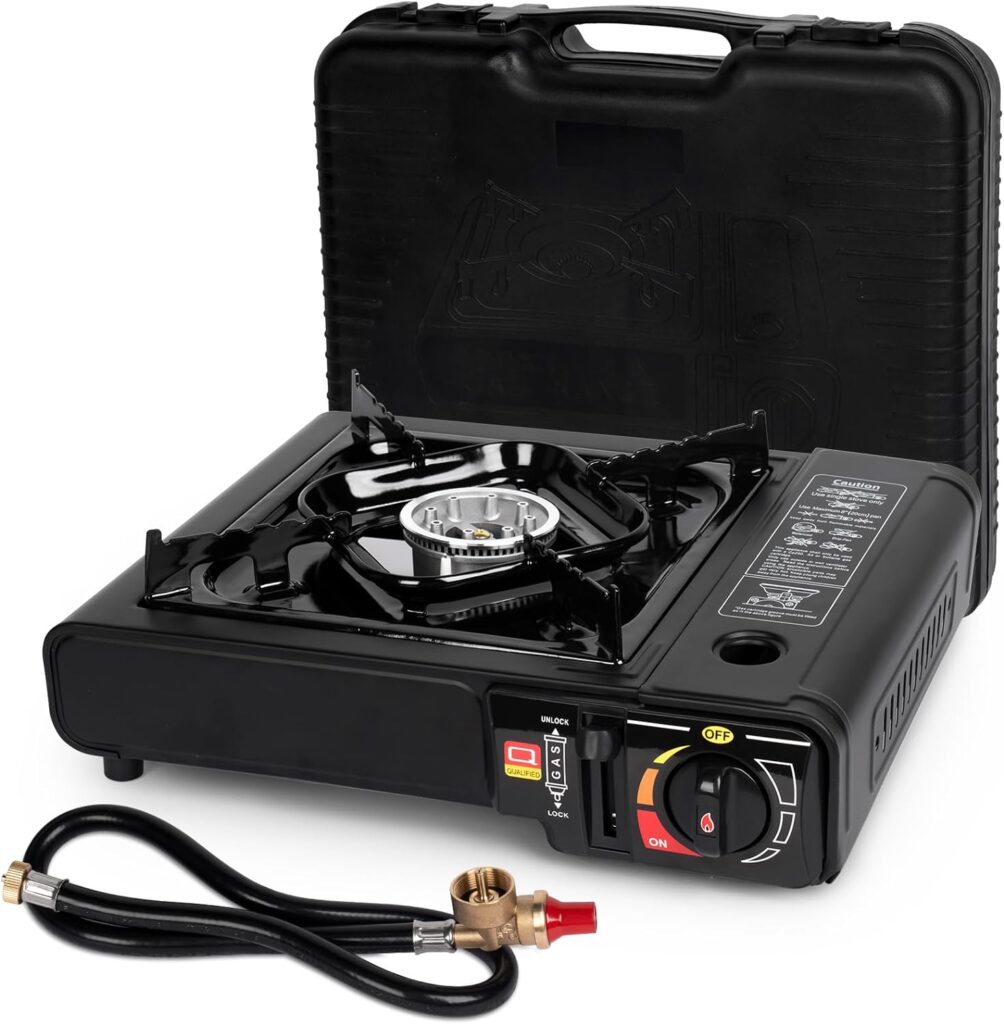
Conclusion
Your propane stove is a reliable appliance that, with proper care and regular maintenance, can serve you well for many years. Understanding its components and how they function allows you to troubleshoot and resolve issues effectively. Always prioritize safety, and don’t hesitate to seek professional help when needed. By staying proactive, you can ensure that your propane stove remains in excellent working condition, ready for all your culinary adventures.

